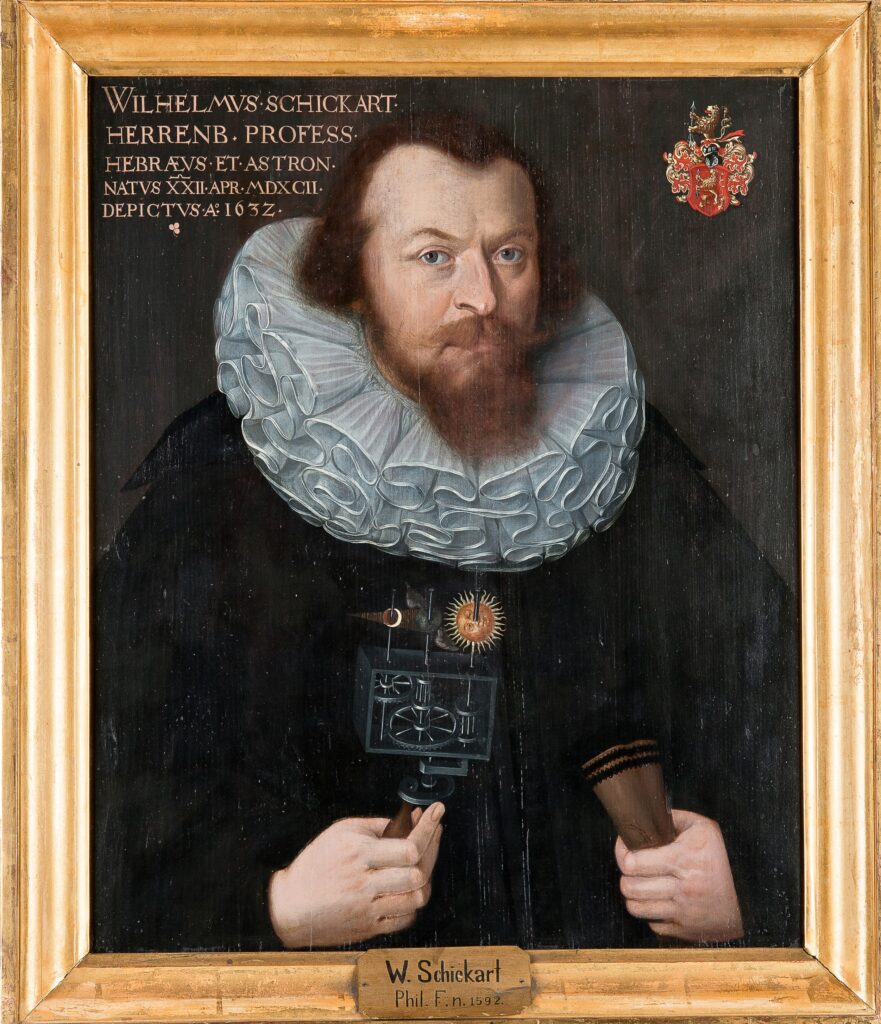Webb traces details of complex planetary nebula – More than one star contributes to the irregular shape of NGC 6072
Webb’s newest look at planetary nebula NGC 6072 in the near- and mid-infrared shows what may appear as a very messy scene resembling splattered paint. However, the unusual, asymmetrical scene hints at more complicated mechanisms underway, as the star central to the scene approaches the very final stages of its life and expels shells of material, losing up to 80 percent of its mass.
Since their discovery in the late 1700s, astronomers have learned that planetary nebulae, or the expanding shell of glowing gas expelled by a low-intermediate mass star late in its life, can come in all shapes and sizes. Most planetary nebulae present as circular, elliptical, or bi-polar, but some stray from the norm, as seen in new high-resolution images of the planetary nebula NGC 6072 by the NASA/ESA/CSA James Webb Space Telescope.

Astronomers suspect there is at least one other star interacting with the material cast off by the central dying star, creating the abnormal appearance of this planetary nebula.
In this image, the red areas represent cool molecular gas, for example, molecular hydrogen.
Credit: NASA, ESA, CSA, STScI
In Webb’s NIRCam (Near-Infrared Camera) view of the object, it’s readily apparent that this nebula is multi-polar. This means there are several different elliptical outflows jetting out either way from the centre. These outflows compress gas towards the equatorial plane and create a disc. Astronomers say this is evidence that there are likely at least two stars at the centre of this scene. Specifically, a companion star is interacting with an aging star that had already begun to shed some of its outer layers of gas and dust.
The central region of the planetary nebula glows from the hot stellar core, seen as a light blue hue in near-infrared light. The dark orange material, which is made up of gas and dust, follows pockets or open areas that appear dark blue. This clumpiness could be created when dense molecules formed while being shielded from hot radiation from the central star. There could also be a time element at play. Over thousands of years, inner fast winds could be ploughing through the halo cast off from the main star when it first started to lose mass.

In this image, the blue represents cool molecular gas seen in red in the image from Webb’s NIRCam (Near-Infrared Camera) due to colour mapping.
Credit: NASA, ESA, CSA, STScI
The longer wavelengths captured by Webb’s MIRI (Mid-Infrared Instrument) are highlighting dust, revealing the star researchers suspect could be central to this scene. It appears as a small pink-white dot in this image. Webb’s look in the mid-infrared wavelength also reveals concentric rings expanding from the central region, the most obvious circling just past the edges of the lobes.
This may be additional evidence of a secondary star at the centre of the scene hidden from our view. The secondary star, as it circles repeatedly around the original star, could have carved out rings of material in a spiral pattern as the main star was expelling mass during an earlier stage of its life.
The red areas in NIRCam and blue areas in MIRI both trace cool molecular gas (likely molecular hydrogen) while central regions trace hot ionized gas.
Planetary nebulae will remain a topic of study for astronomers using Webb who hope to learn more about the full life cycle of stars and how they impact their surrounding environments. As the star at the centre of a planetary nebula cools and fades, the nebula will gradually dissipate into the interstellar medium — contributing enriched material that helps form new stars and planetary systems, now containing those heavier elements.
Webb’s imaging of NGC 6072 opens the door to studying how the planetary nebulae with more complex shapes contribute to this process.

The north and east compass arrows show the orientation of the image on the sky. Note that the relationship between north and east on the sky (as seen from below) is flipped to the direction arrows on a map of the ground (as seen from above). The scale bar is labeled in light-years, which is the distance that light travels in one Earth-year (it takes 0.5 years for light to travel a distance equal to the length of the scale bar). One light-year is equal to about 9.46 trillion kilometers. This image shows invisible near-infrared wavelengths of light that have been translated into visible-light colours. The colour key shows which NIRCam filters were used when collecting the light. The colour of each filter name is the visible light colour used to represent the infrared light that passes through that filter.
Credit: NASA, ESA, CSA, STScI
Press release from ESA Webb.






